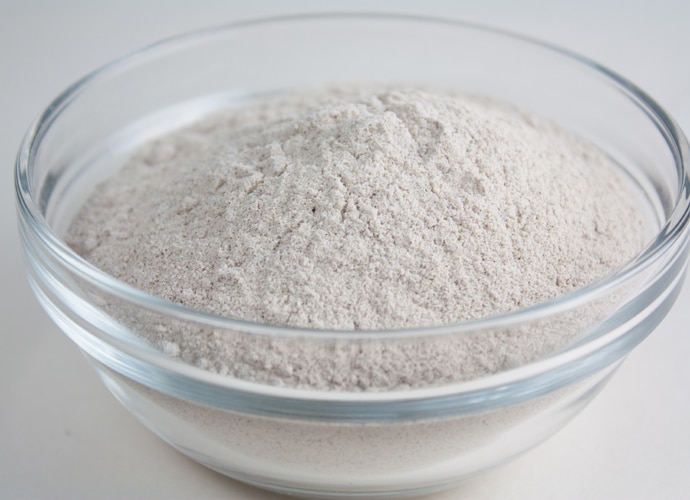Down with the seasonal flu? A smart way of beating the virus is to eat according to the season

Snuggling in, with a blanket and calling in sick from work can only do so much. You have to beat the virus at its own game!
Everyone around me is down with a weird virus. While some symptoms are similar like fever, body ache and stuffed nose, other symptoms vary. Usually, I find the organ that is weak with a person getting affected. For example, for a smoker, respiratory distress is higher, for those with arthritis and other inflammatory disorders, joints and general aches worsen, and if someone’s gut is weak then, the stomach descends into a mayhem. So, the lesson here is whenever we get affected by a seasonal infection (thanks to our poor immunity), the already weak parts of our body play up — and we can (and should) take that as a warning sign of the times to come — if we don’t do course correction right away.

Another foolproof way of preventing succumbing to these cyclical seasonal viruses who attack rather covertly is to stick to eating according to the season. In fact, traditional Indian diet has always been based on eating according to season. A very smart prevention tool, I’ll say. Besides, eating season wise translates to lots of health benefits for our body. Ayurveda endorses it too. Below is a list of foods that are tailor made for the needs of different seasons.
Raw mangoes for monsoons

Green mangoes are beneficial in the prevention and treatment of gastro-intestinal disorders like diarrhoea, dysentery, piles, chronic dyspepsia, indigestion and constipation, all of which are rampant during monsoons. They are loaded with pectin which helps blunt blood sugar swings, and keeps insulin in check, and so diabetes in check. Plus they are rich in vitamin C and B, which helps boost the immune system, much needed during this maladies afflicted season.
Chestnuts in autumn

This low calorie nutrient powerhouse is a perfect snacking choice during autumn when they are in season. This underrated food is a powerhouse of nutrients, are fat, cholesterol, and gluten free, have very low sodium and calories (100 grams give just 90 calories; one chestnut is approximately 9 calories) and deliver decent amount of fibre too. Plus, they are an excellent source of potassium, a mineral that is essential for proper functioning of the muscles and nerves and also helps bust water retention and lower blood pressure by balancing sodium.
They are a great detoxifying agent and help throw out toxins from the body, and prepare us for the next season — winter which is known to be flu ridden again.
Jaggery for winters

Jaggery or gud is one of the best digestive around, so a small piece after a meal is a good idea through the year. But, it is particularly beneficial during winter — according to Ayurveda, jaggery has a hot potency (or taseer) which actually means that during its metabolism, heat is generated naturally in the body. Also, during winters, the blood vessels get constricted due to low temperatures, and jaggery can help dilate the blood vessels and improve blood flow, thus helping the body heat up.
Buckwheat flour in spring

Changing season (from winter to warmer temperatures of the spring) demands additional nutrition and buckwheat flour is perfect for it as it is loaded with protein (100 gms gives a whooping 13 grams), and is known to improve circulation, lower blood cholesterol and control blood glucose levels. Buckwheat flour is packed with high quality protein and offers the amino acid lysine that is missing from most of the regular staples like wheat and rice.
That’s a big plus, primarily in strict vegetarian diets where enough good quality protein is always a challenge. It also has a lot of fibre, both the soluble and insoluble kinds that,
besides keeping us full longer, also help in detoxification of body.
Gulkand for summers

Tempted to down another chilled drink to beat the heat? Don’t, as downing food at a cold temperature will not cool you down. Instead, eat foods that are intrinsically cooling, that is, they cool from inside. Gulkand (a preserve made from rose petals), is one such food that keeps the body cool — naturally. According to ayurveda, gulkand pacifies excess pitta in the body, which can cause heat, and so, it keeps the body cool and also helps alleviate all heat related problems like tiredness, lethargy, itching, aches and pains. It’s a great digestive tonic too and helps with digestion by reducing stomach heat and acidity.
Gulkand is a blood purifier too, and helps remove toxins from the body, besides helping reduce excessive perspiration and foul body odour, both common problems during summers.

